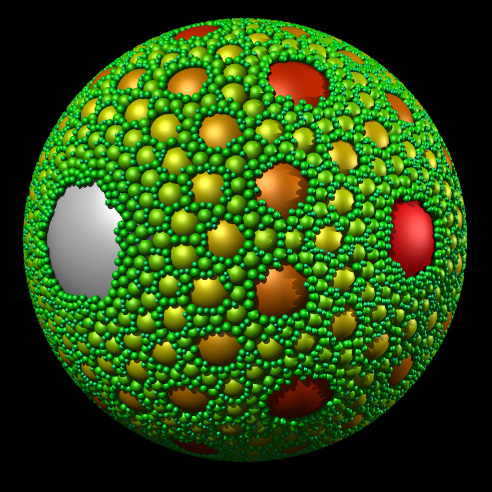Introduction
PDFs have long been the go-to format for sharing documents that are easy to view but not so easy to edit. While there are many tools available for PDF editing, most of them focus on altering the text or adding annotations. However, there’s a new wave of PDF editors that are changing the game—those that allow for pixel-level or visual editing. In this blog post, we’ll explore why pixel-level editing is not just a novelty but a necessity for efficient PDF manipulation. And to cut to the chase: try our pixel-level PDF editor to see for yourself!
The Limitations of Traditional PDF Editing
PDFs were initially designed as a “Portable Document Format,” meant for the secure and reliable presentation and exchange of documents. They were not intended to be easily editable, which is why traditional PDF editors are cumbersome and time-consuming. Traditional PDF editors often require a non-friendly opaque understanding of the PDF structure, including elements like tags, objects, and streams. And even for point-and-click WYSIWYG PDF editors, they often do not work as expected — font changes result in weird sizes, you can’t easily select words, changing colors is cumbersome, and other such non-intuitive non-sense.
The Power of Pixel-Level Editing
Enter pixel-level PDF editors. These tools allow you to edit a PDF as if it were an image—directly manipulating its visual elements without having to dive into the underlying code. Here are some of the advantages:
Speed
Pixel-level editing is incredibly fast. You can directly select, move, or delete any element on the page, making the editing process much quicker than traditional methods.
Intuitiveness
If you’ve ever used any basic image editing software, you’ll find pixel-level PDF editing to be incredibly intuitive. There’s no need to understand the complexities of PDF architecture; if you can see it, you can edit it.
Precision
Pixel-level editing allows for a high degree of precision. Whether you’re looking to change the color of a single pixel or move an image just a fraction of an inch, you have complete control over the layout.
Versatility
From text to images to vector graphics, pixel-level editing gives you the flexibility to alter any element in your PDF without affecting the rest of the document.
Real-World Applications
Here are some scenarios where pixel-level PDF editing shines:
- Graphic Design: Easily manipulate design elements without having to convert the PDF to another format.
- Document Correction: Quickly fix typos or graphical errors without having to locate the original source file.
- Content Updates: Update charts, graphs, or images in a report without having to recompile the entire PDF.
Conclusion
Pixel-level editing is revolutionizing the way we interact with PDFs, making the editing process quicker, easier, and more precise than ever before. So the next time you’re dreading the thought of diving into the complex code behind a PDF document, consider a pixel-level editor as your go-to tool for straightforward and efficient PDF manipulation.
